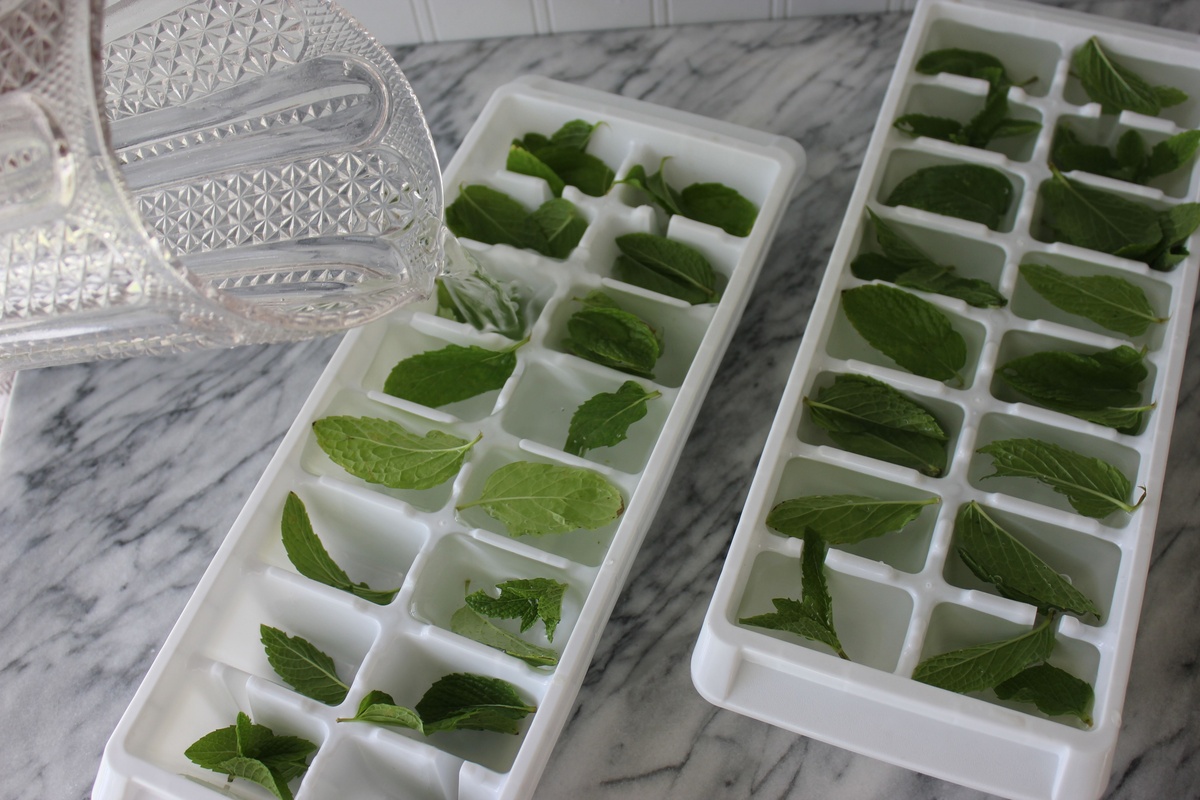

Articles
How To Store Mint Leaves In Fridge
Modified: January 18, 2024
Learn how to store mint leaves in the fridge for long-lasting freshness and flavor. Follow these simple tips and keep your herbs ready for use in your favorite recipes.
(Many of the links in this article redirect to a specific reviewed product. Your purchase of these products through affiliate links helps to generate commission for Storables.com, at no extra cost. Learn more)
Introduction
Are you tired of buying a bunch of fresh mint leaves only to have them wilt and go to waste in just a few days? If so, you’re not alone. Many people struggle with finding the best way to store mint leaves to keep them fresh and flavorful for longer periods. Fortunately, by following some simple steps and best practices, you can ensure that your mint leaves stay vibrant and usable in the fridge for an extended period of time.
Mint leaves are commonly used in various culinary applications for their refreshing taste and aromatic scent. Whether you enjoy them in beverages, salads, desserts, or as a garnish for savory dishes, having fresh mint leaves readily available can elevate the flavor and presentation of your meals. However, mint leaves tend to wilt quickly if not stored properly, resulting in a loss of taste and texture.
In this article, we will explore the importance of storing mint leaves in the fridge and provide you with a comprehensive guide on how to do it effectively. We will also share some tips and tricks to extend the shelf life of your mint leaves and highlight common mistakes to avoid during the storage process.
By following the techniques outlined in this article, you can say goodbye to wilted and flavorless mint leaves and instead enjoy the freshness and vibrant taste of this versatile herb for an extended period of time.
Key Takeaways:
- Keep mint leaves fresh in the fridge for up to two weeks by following best practices like trimming stems, using airtight containers, and avoiding common mistakes. Enjoy vibrant, aromatic mint in your dishes hassle-free!
- Extend the shelf life of mint leaves with clever tips like freezing, making mint-infused ice cubes, and proper handling. Say goodbye to wilted mint leaves and hello to fresh, flavorful herbs in your kitchen!
Read more: How To Store Mint Leaves Without Fridge
Why Store Mint Leaves in the Fridge
Storing mint leaves in the fridge is essential to preserve their freshness and flavor. The cold temperature of the fridge helps slow down the rate of degradation, allowing the leaves to retain their vibrant green color, crisp texture, and aromatic scent for a longer period of time.
Mint leaves are delicate and prone to wilting due to their high moisture content. When exposed to warm temperatures, such as room temperature or higher, the leaves begin to lose moisture rapidly and wilt. This not only affects their appearance but also diminishes their taste and fragrance.
By storing mint leaves in the fridge, you create an environment that minimizes moisture loss and maintains a stable temperature. This ensures that the leaves stay fresh and vibrant for an extended period, allowing you to use them whenever needed without worrying about their quality.
Additionally, storing mint leaves in the fridge helps inhibit the growth of bacteria and mold. These microorganisms thrive in warm and humid conditions, making the fridge an ideal place to keep them at bay. By reducing the risk of microbial contamination, you can safely consume the mint leaves and avoid any potential health hazards.
Another reason to store mint leaves in the fridge is convenience. When you have a bunch of mint leaves readily available in your refrigerator, you can easily grab them whenever you want to add a touch of freshness to your recipes. This saves you time and effort, as you don’t have to go out and buy fresh mint every time you need it.
In summary, storing mint leaves in the fridge helps maintain their freshness, flavor, and appearance. It extends their shelf life, prevents wilting, inhibits the growth of bacteria and mold, and provides convenient access whenever needed. Now that we understand the importance of fridge storage, let’s dive into the best practices for storing mint leaves to ensure optimal results.
Best Practices for Storing Mint Leaves
Properly storing mint leaves is crucial for maintaining their quality and extending their shelf life. Here are some best practices to follow:
- Choose fresh and healthy mint leaves: Start with fresh mint leaves that are vibrant in color and free from any signs of wilting or discoloration. This ensures that you are storing leaves that are already in good condition.
- Remove any damaged or yellowing leaves: Before storing, inspect the mint leaves and discard any damaged or yellowing leaves. These leaves can accelerate the spoilage process and affect the overall quality of the bunch.
- Trim the stems: Cut off the bottom of the mint stems to promote water uptake and eliminate any dry or discolored ends. This helps keep the leaves hydrated and fresh for a longer time.
- Wash and dry the mint leaves: Gently wash the mint leaves under cold running water to remove any dirt or debris. Pat them dry using a clean paper towel or a salad spinner. It’s important to ensure they are completely dry to prevent moisture buildup during storage.
- Choose an airtight container: Transfer the mint leaves to an airtight container, such as a ziplock bag or a lidded container. Make sure the container is clean and dry before use.
- Store in the refrigerator: Place the container of mint leaves in the refrigerator, preferably in the crisper drawer. The cool temperature of the fridge helps preserve their freshness and prevent wilting.
- Keep away from ethylene-producing fruits: Avoid storing mint leaves near ethylene-producing fruits, such as apples, bananas, or tomatoes. Ethylene gas can speed up the deterioration process of the mint leaves.
- Use within a week: While properly stored mint leaves can last up to two weeks, it’s best to use them within the first week to ensure optimal flavor and quality.
By following these best practices, you can maximize the shelf life of your mint leaves and enjoy their freshness in various culinary creations.
Step-by-Step Guide: How to Store Mint Leaves in the Fridge
Storing mint leaves in the fridge is a simple process that can help you maintain their freshness and flavor. Follow these steps to store mint leaves effectively:
- Choose fresh mint leaves: Select fresh mint leaves that are vibrant green and free from any wilting or discoloration.
- Trim the stems: Using a sharp knife or scissors, trim the bottom of the mint stems to remove any dry or discolored ends. This step promotes water absorption and helps keep the leaves hydrated.
- Wash the leaves: Rinse the mint leaves under cold running water to remove any dirt or debris. Gently agitate the leaves with your hand to ensure thorough cleaning.
- Dry the leaves: Pat the washed mint leaves dry using a clean kitchen towel or paper towel. It’s important to remove excess moisture to prevent the leaves from becoming soggy during storage.
- Prepare an airtight container: Choose a clean and dry airtight container, such as a ziplock bag or a lidded container. Ensure the container is large enough to hold the mint leaves without overcrowding.
- Arrange the mint leaves: Place the dried mint leaves inside the container, arranging them in a single layer if possible. Avoid packing them tightly to allow for air circulation.
- Seal the container: Seal the container tightly, removing as much air as possible. This helps maintain the freshness of the leaves and prevents moisture loss.
- Label and date the container: Use a marker or a label to indicate the contents and the date of storage. This allows you to keep track of the mint leaves and use them within an appropriate time frame.
- Place in the refrigerator: Put the container of mint leaves in the refrigerator. The ideal location is the crisper drawer, which offers a slightly higher humidity level that can help prolong the freshness of the leaves.
- Monitor and use within a week: Periodically check the condition of the mint leaves and remove any wilted or spoiled leaves. Use the stored mint leaves within a week for the best flavor and quality.
By following these step-by-step instructions, you can ensure that your mint leaves stay fresh and flavorful for an extended period, allowing you to enjoy the taste of mint in your favorite dishes whenever you desire.
To store mint leaves in the fridge, first wash and dry them thoroughly. Then, wrap the leaves in a damp paper towel and place them in a resealable plastic bag. Squeeze out any excess air before sealing the bag and store it in the fridge. This will help keep the mint leaves fresh for longer.
Tips for Extending the Shelf Life of Mint Leaves
While storing mint leaves in the fridge is a great way to preserve their freshness, there are a few additional tips you can follow to further extend their shelf life:
- Do not wash until ready to use: It’s best to wash the mint leaves right before using them. Moisture can accelerate the wilting process, so keeping them dry until needed helps maintain their freshness.
- Wrap in a damp paper towel: If you notice that the mint leaves are starting to dry out, you can wrap them in a slightly damp paper towel before placing them in an airtight container. This extra moisture can help revive wilted leaves.
- Refrigerate immediately: After purchasing or harvesting mint leaves, refrigerate them as soon as possible. Delaying the storage process can lead to quicker wilting and degradation.
- Store large leaves separately: If you have mint leaves of various sizes, consider storing the larger leaves separately from the smaller ones. Larger leaves tend to wilt faster, so keeping them separate can help preserve the quality of the smaller leaves.
- Consider freezing: If you have an abundance of mint leaves and want to extend their shelf life even further, you can freeze them. Wash the leaves, pat them dry, and freeze them in an airtight container or freezer bags. Frozen mint leaves can be used in cooked dishes or blended into smoothies.
- Make mint-infused ice cubes: To preserve the freshness and flavor of mint leaves for a longer time, you can make mint-infused ice cubes. Place individual mint leaves in each compartment of an ice cube tray, fill with water, and freeze. These mint ice cubes can be added to drinks or used as a flavorful addition to recipes.
- Store dried mint leaves: If you find that your fresh mint leaves are nearing the end of their shelf life, you can dry them for later use. Hang the mint stems upside down in a well-ventilated area until the leaves are completely dry. Store the dried leaves in an airtight container in a cool, dark place.
- Use proper handling techniques: When handling mint leaves, try to minimize bruising or crushing them. Delicate handling helps preserve their texture and prevent premature wilting.
- Organize by freshness: If you frequently use mint leaves, organize them in the fridge based on their freshness. This allows you to use the older leaves first, ensuring minimal waste.
By implementing these tips, you can significantly prolong the shelf life of your mint leaves and keep them fresh and flavorful for an extended period.
Read more: How To Store Mint Leaves
Common Mistakes to Avoid When Storing Mint Leaves
While storing mint leaves in the fridge is a relatively straightforward process, there are a few common mistakes that should be avoided to ensure optimal freshness and quality. These mistakes can negatively impact the shelf life and overall taste of your mint leaves. Here are some common mistakes to watch out for:
- Not properly drying the leaves: Failing to thoroughly dry the mint leaves before storing them can result in excess moisture, leading to wilting and the growth of mold. Always ensure that the leaves are completely dry before placing them in an airtight container.
- Storing damp leaves: Similar to the previous mistake, storing damp or wet mint leaves can cause them to become mushy and spoil more quickly. Make sure to dry the leaves well before storage to prevent any moisture-related issues.
- Not trimming the stems: Neglecting to trim the bottom of the mint stems can hinder water absorption and shorten the lifespan of the leaves. Trimming the stems before storing ensures proper hydration and prolongs the freshness of the mint leaves.
- Overcrowding the container: Placing too many mint leaves in a small container can lead to bruising and increased moisture buildup. Overcrowding prevents proper air circulation, which can result in the leaves deteriorating more quickly. Use a container large enough to hold the leaves without compressing them.
- Storing mint leaves near ethylene-producing fruits: Ethylene gas emitted by certain fruits, such as apples, bananas, and tomatoes, can accelerate the degradation process of mint leaves. To prevent this, keep your mint leaves away from these ethylene-producing fruits in the fridge.
- Ignoring visual inspections: It’s important to regularly check the condition of your stored mint leaves and remove any wilted or spoiled leaves promptly. Neglecting to do so can cause the spoilage to spread to the rest of the leaves, impacting their quality.
- Using non-airtight containers: Storing mint leaves in containers that are not airtight allows air and moisture to enter, leading to faster wilting and deterioration. Always opt for sealed containers, such as ziplock bags or lidded containers, to maintain the freshness of the leaves.
- Storing for too long: While properly stored mint leaves can stay fresh for up to two weeks, it’s best to use them within the first week for optimal flavor and quality. Leaving mint leaves in the fridge for too long can result in diminished taste and texture.
By avoiding these common mistakes, you can ensure that your mint leaves stay fresh, flavorful, and usable for a longer period, allowing you to enjoy their unique taste in your culinary creations.
Frequently Asked Questions (FAQs)
Q: How long can I store mint leaves in the fridge?
A: Properly stored mint leaves can last up to two weeks in the fridge. However, for the best flavor and quality, it’s recommended to use them within the first week.
Q: Can I freeze mint leaves?
A: Yes, you can freeze mint leaves. Wash and dry the leaves, then place them in an airtight container or freezer bags before freezing. Frozen mint leaves can be used in cooked dishes or blended into smoothies.
Q: Should I wash mint leaves before storing them in the fridge?
A: It’s best to wash mint leaves right before using them, as moisture can accelerate wilting. If you do wash them before refrigeration, make sure to thoroughly dry them to prevent moisture-related issues.
Q: Can I store mint leaves at room temperature?
A: Storing mint leaves at room temperature will cause them to wilt and lose their freshness more quickly. It’s important to store mint leaves in the fridge to maintain their quality and extend their shelf life.
Q: How do I revive wilted mint leaves?
A: To revive wilted mint leaves, wrap them in a slightly damp paper towel and place them in an airtight container in the fridge. The moisture from the paper towel can help revive the wilted leaves.
Q: Are there any alternatives to storing mint leaves in the fridge?
A: If you are unable to store mint leaves in the fridge, you can try placing them in a glass of water, like a bouquet of flowers. However, this method is less effective in preserving the freshness of the leaves compared to refrigeration.
Q: Can I store mint leaves with the stems intact?
A: Yes, you can store mint leaves with the stems intact. However, it’s important to trim the bottom of the stems to promote water absorption and eliminate any dry or discolored ends.
Q: Can I store dried mint leaves instead of fresh ones?
A: Yes, if you have dried mint leaves, you can store them in an airtight container in a cool, dark place for future use. Dried mint leaves are a great alternative when fresh ones are not available.
Q: Can I store mint leaves in ziplock bags?
A: Yes, ziplock bags are a convenient option for storing mint leaves. Make sure to remove as much air as possible before sealing the bag.
Q: Can I use wilted mint leaves?
A: While wilted mint leaves may not have the same flavor and texture as fresh ones, they can still be used in cooked dishes or infused in recipes for a subtle minty flavor.
If you have more questions about storing mint leaves or any other related topics, feel free to reach out for further assistance.
Conclusion
Properly storing mint leaves in the fridge is essential to maintain their freshness, flavor, and quality for an extended period. By following the best practices outlined in this article and avoiding common mistakes, you can ensure that your mint leaves stay vibrant, aromatic, and ready to elevate your culinary creations.
Remember to choose fresh mint leaves, trim the stems, wash and dry the leaves, and store them in a clean, airtight container. Placing the container in the fridge, away from ethylene-producing fruits, will provide a cool and humidity-controlled environment, allowing the mint leaves to remain fresh and flavorful for up to two weeks.
Additionally, consider implementing tips such as wrapping the leaves in a damp paper towel, freezing for future use, or making mint-infused ice cubes to further extend the shelf life of your mint leaves. Always handle the leaves delicately to avoid bruising and regularly inspect them to remove any wilted or spoiled leaves.
By properly storing mint leaves, you can enjoy their refreshing taste and enticing aroma whenever you desire. Whether you use them in beverages, salads, desserts, or as a garnish, the vibrant green and vibrant flavor of fresh mint leaves will add a delightful touch to your dishes.
So, don’t let your mint leaves go to waste. Store them properly in the fridge and savor their flavor for days to come. With these tips and techniques, you can say goodbye to wilted mint leaves and hello to an abundance of fresh and vibrant herbs in your kitchen.
Frequently Asked Questions about How To Store Mint Leaves In Fridge
Was this page helpful?
At Storables.com, we guarantee accurate and reliable information. Our content, validated by Expert Board Contributors, is crafted following stringent Editorial Policies. We're committed to providing you with well-researched, expert-backed insights for all your informational needs.
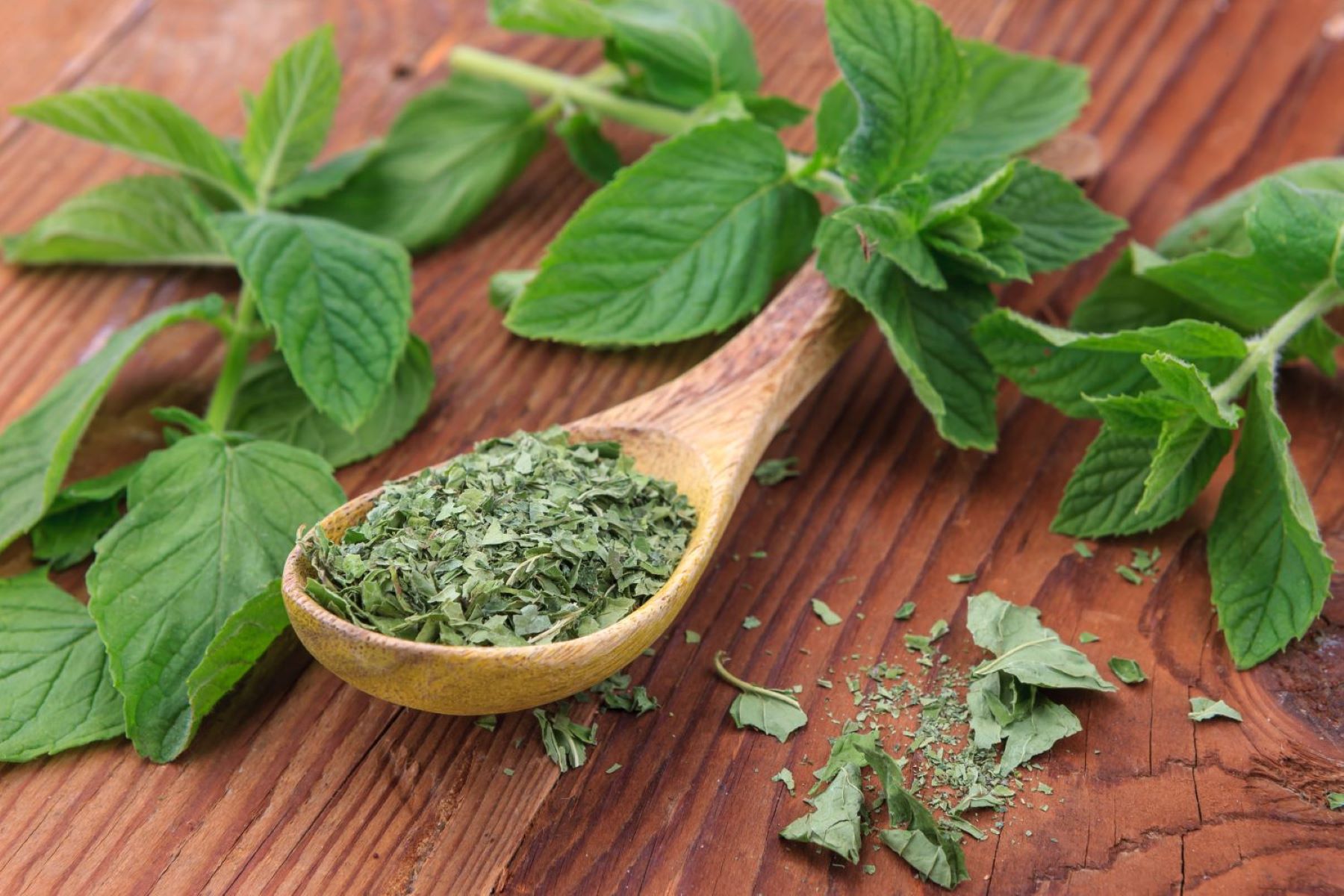
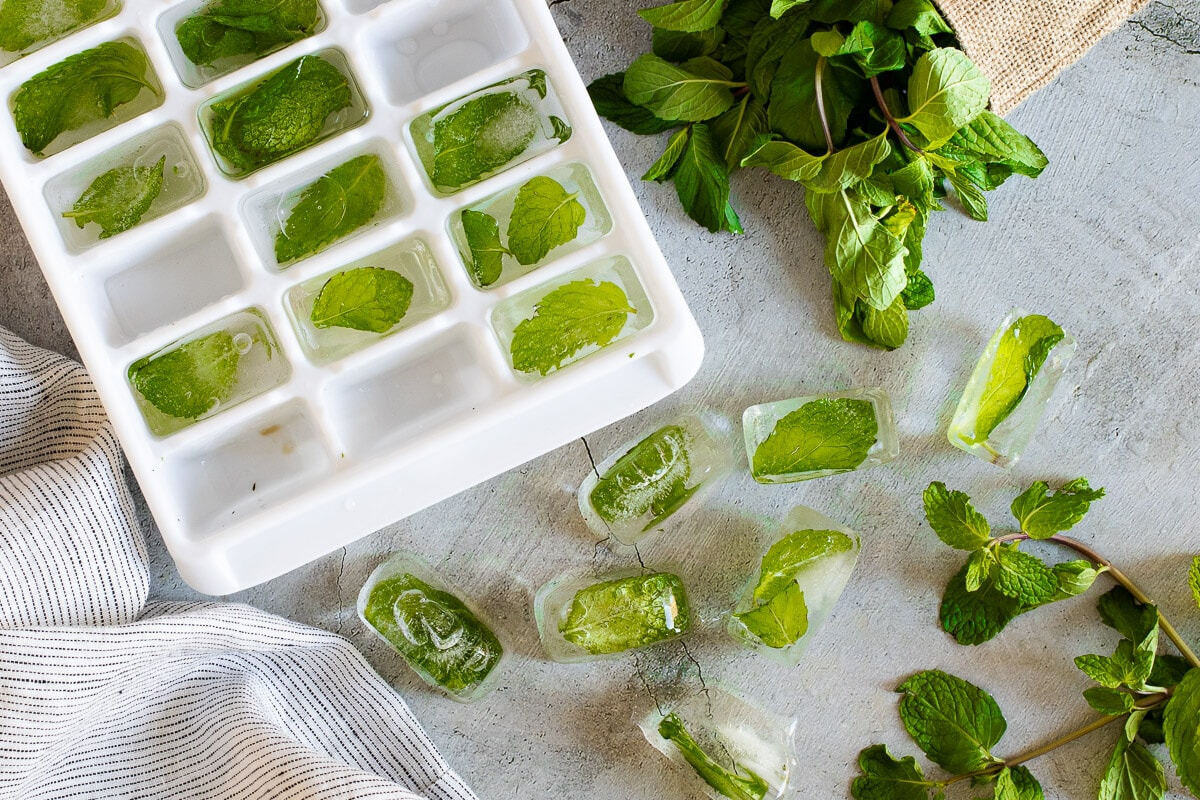
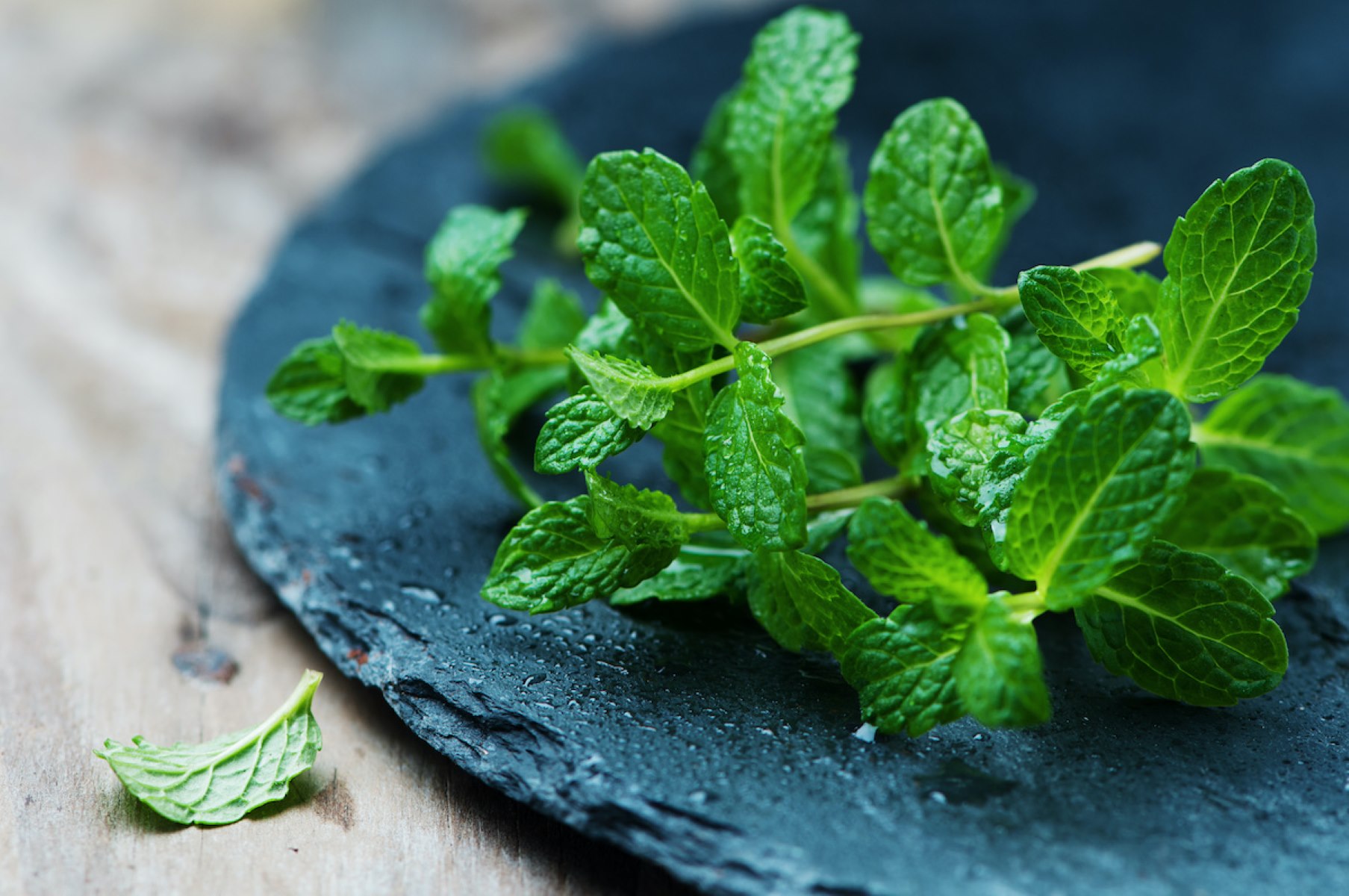
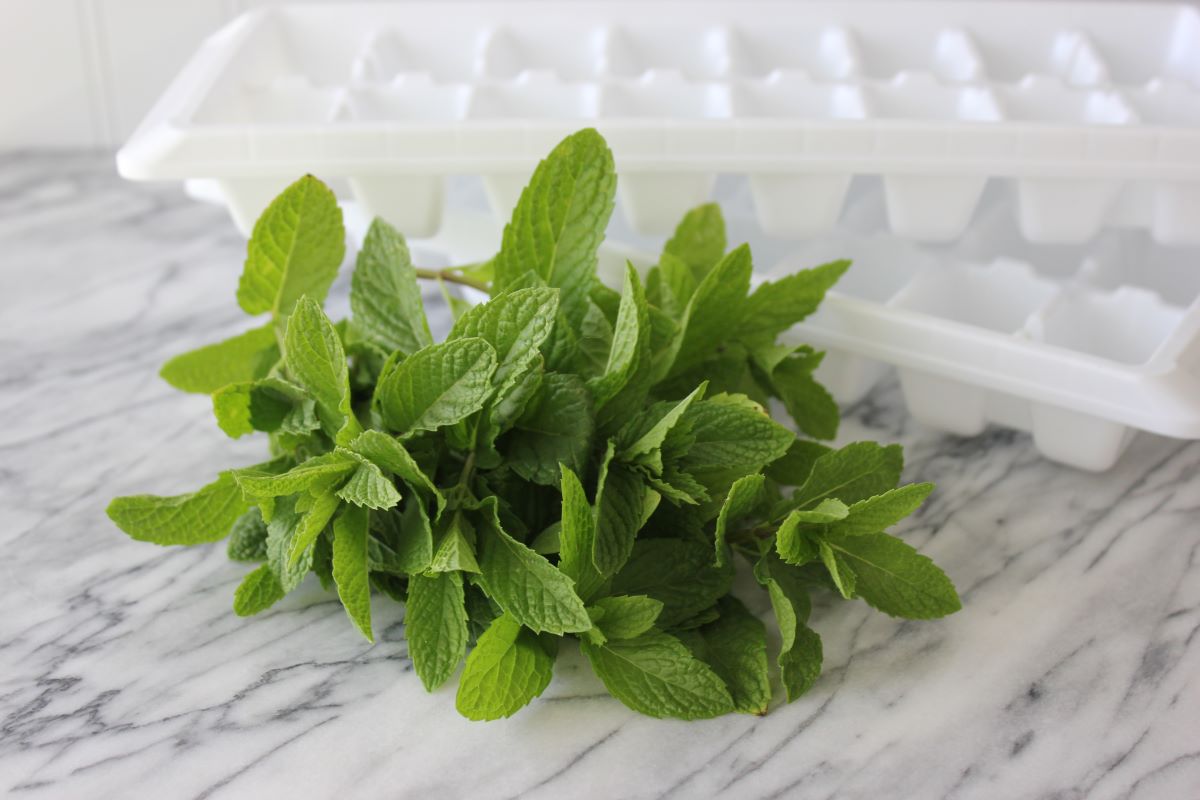
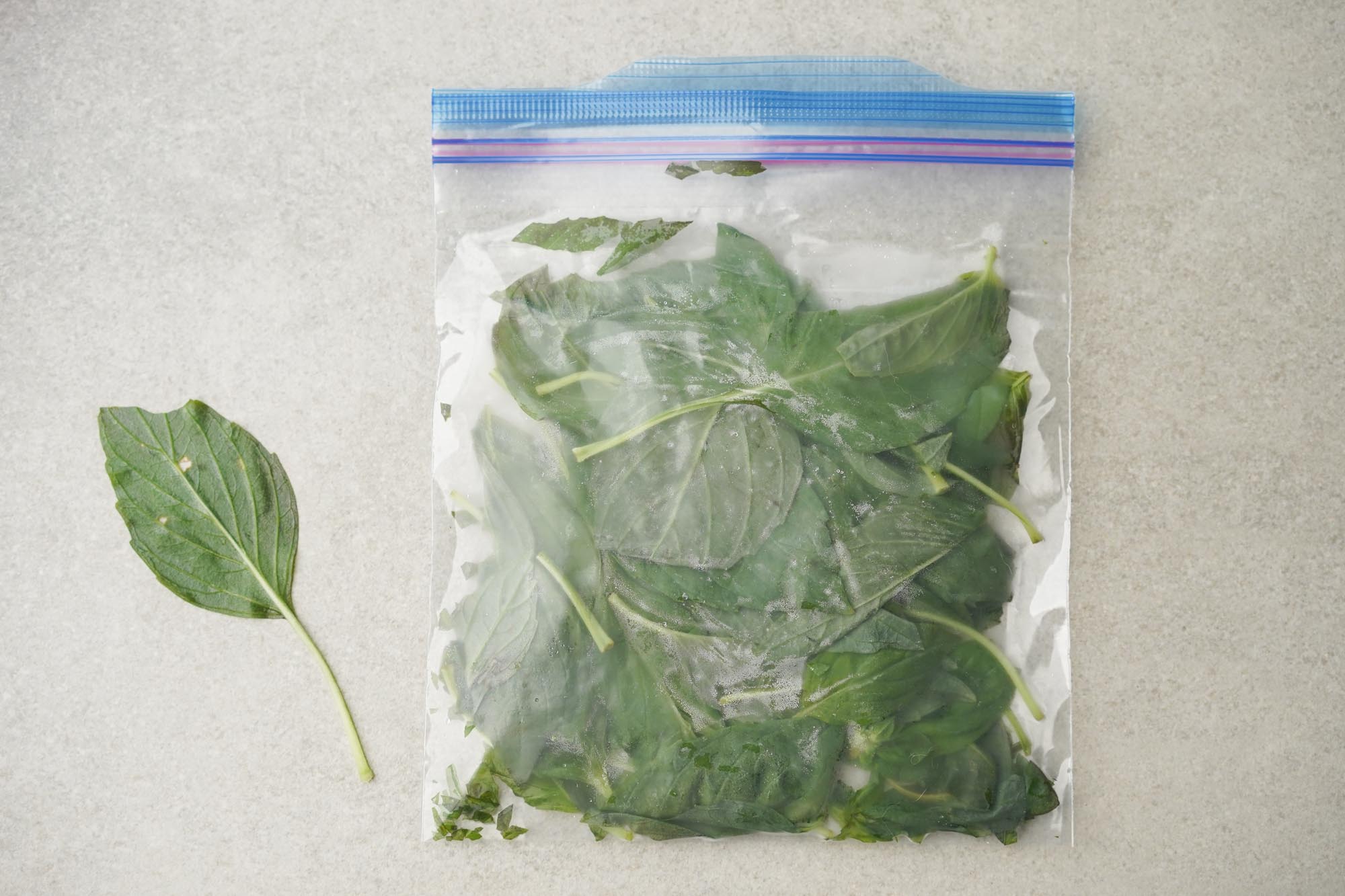
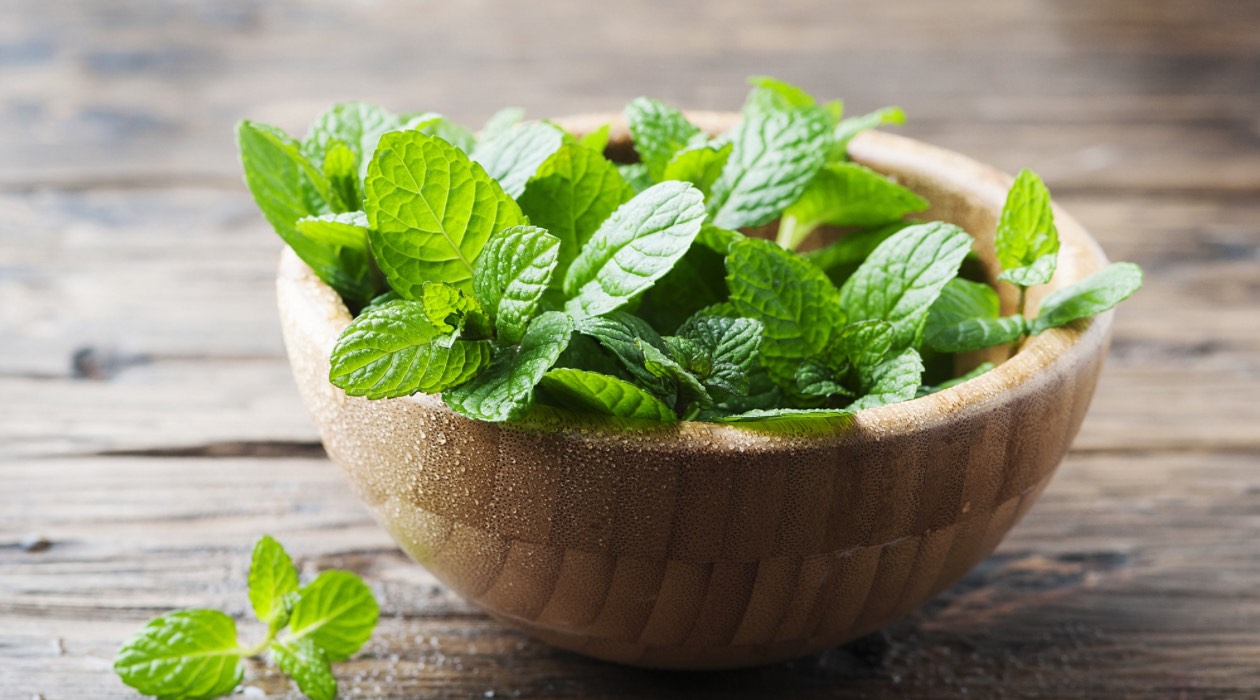
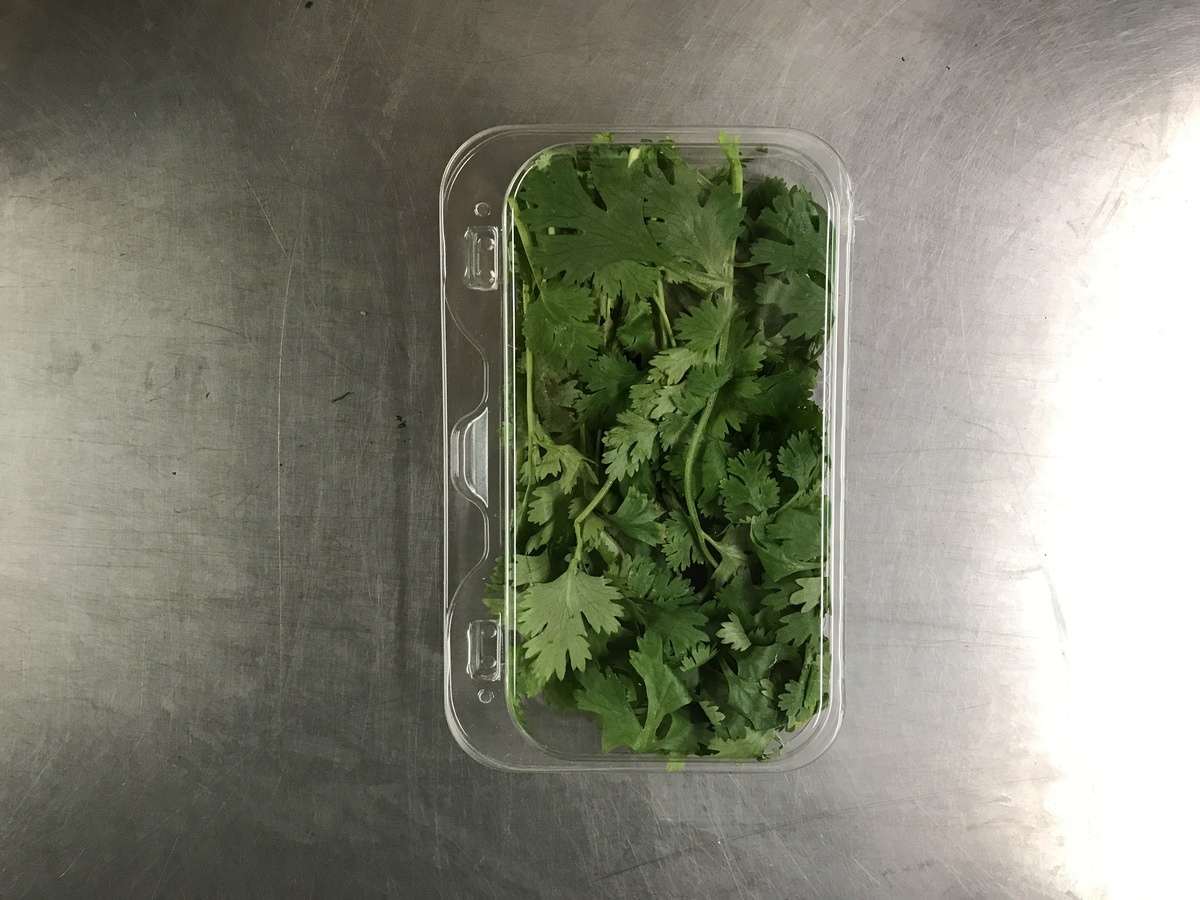
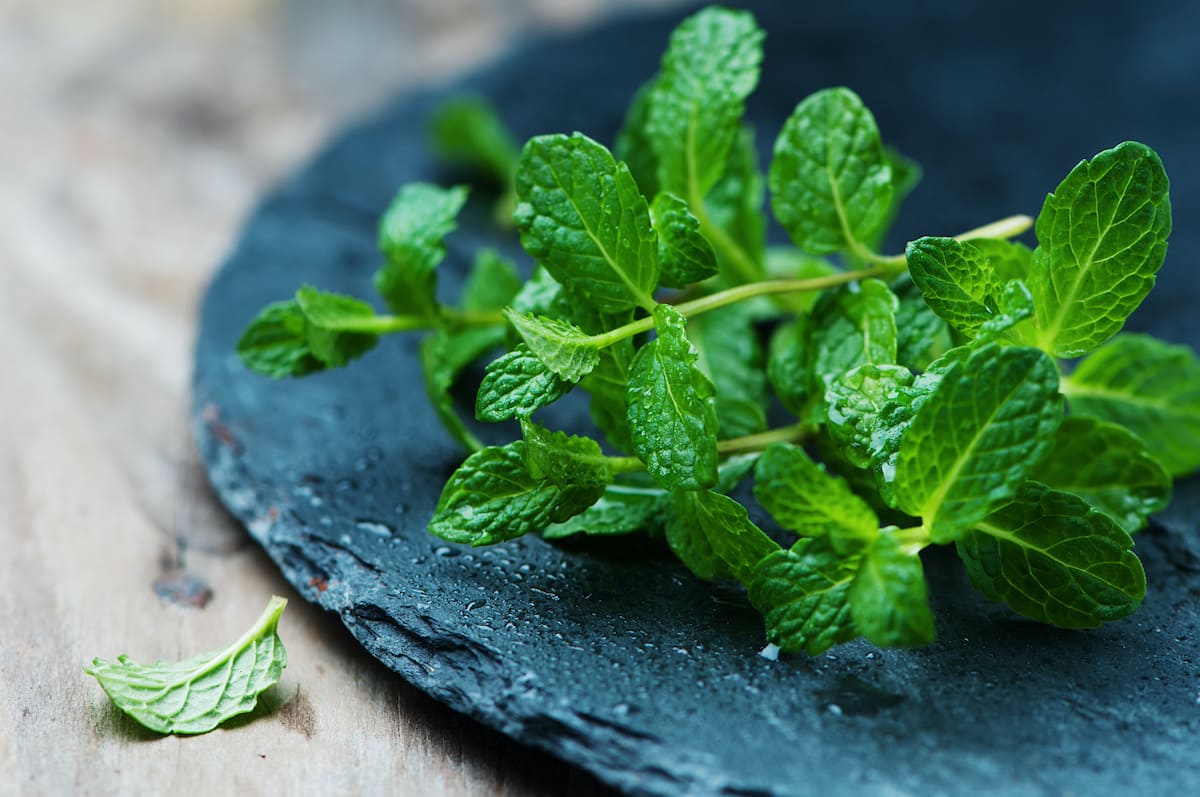
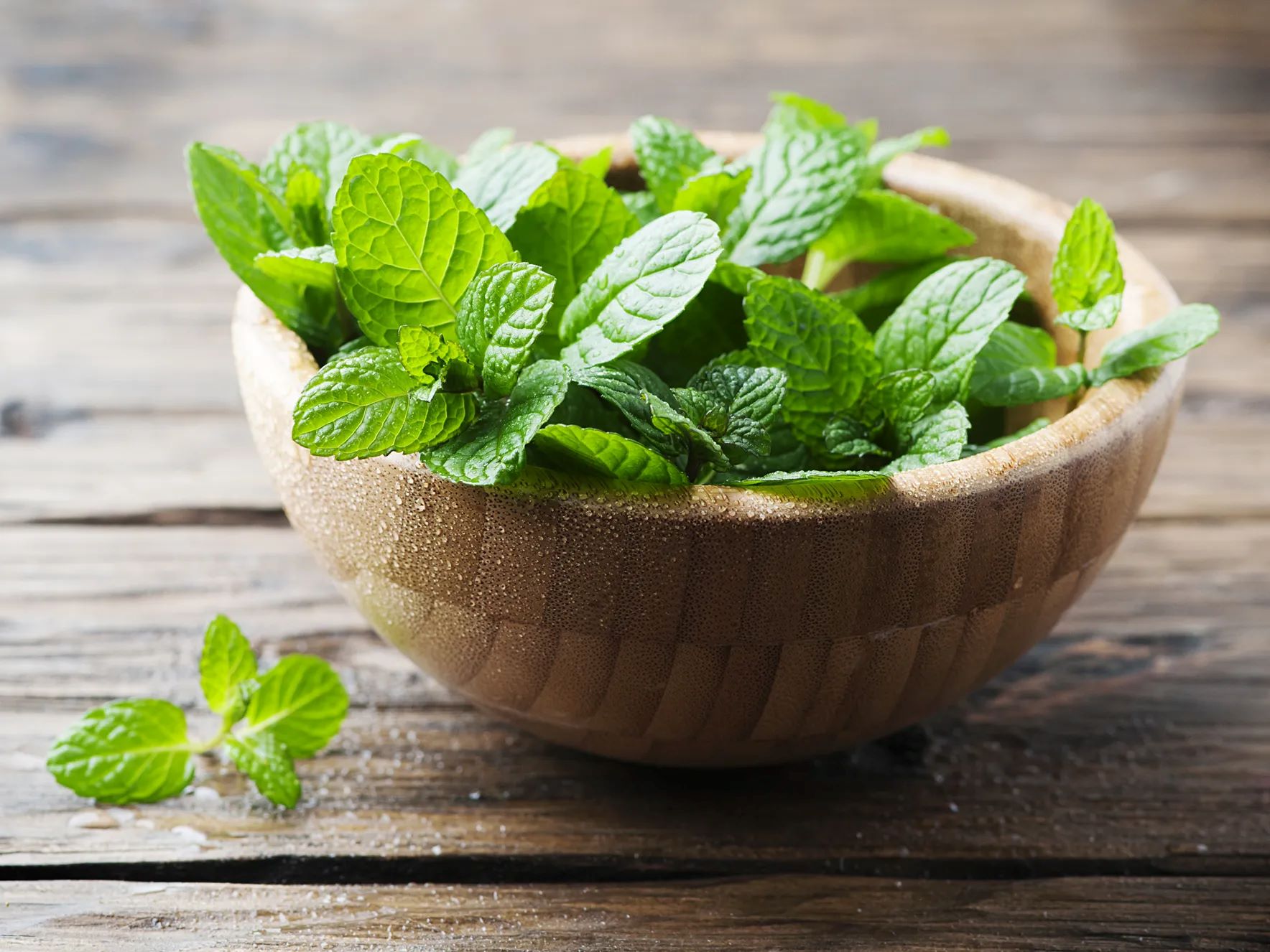
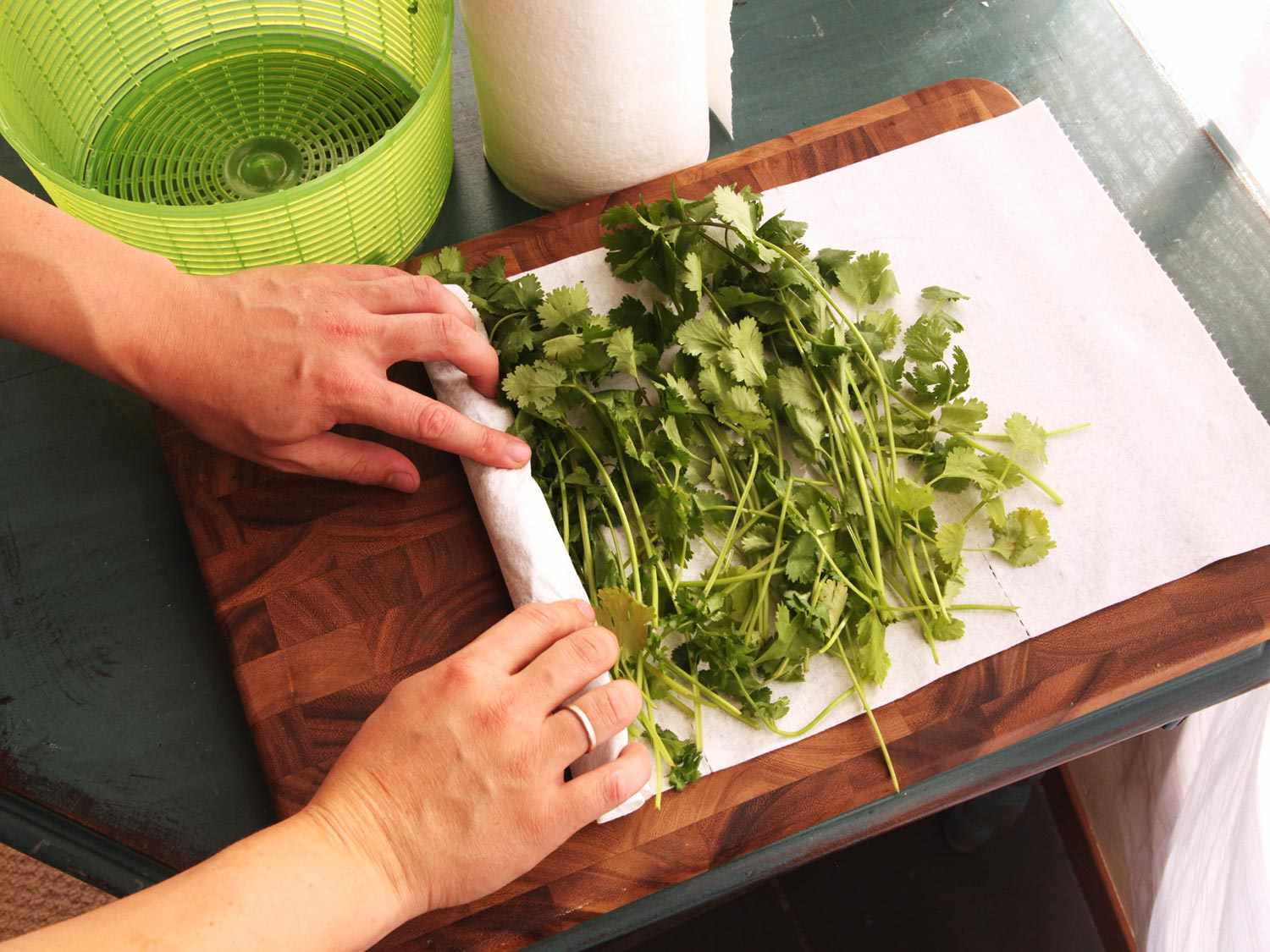

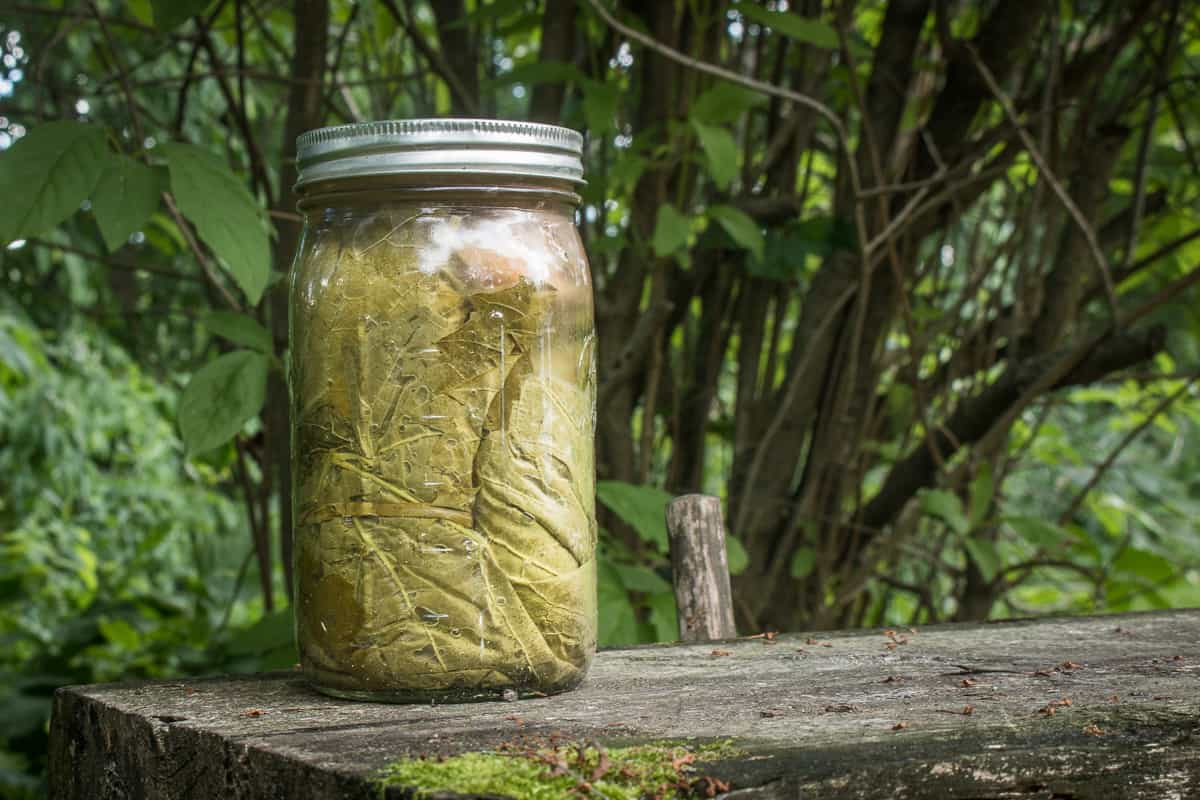
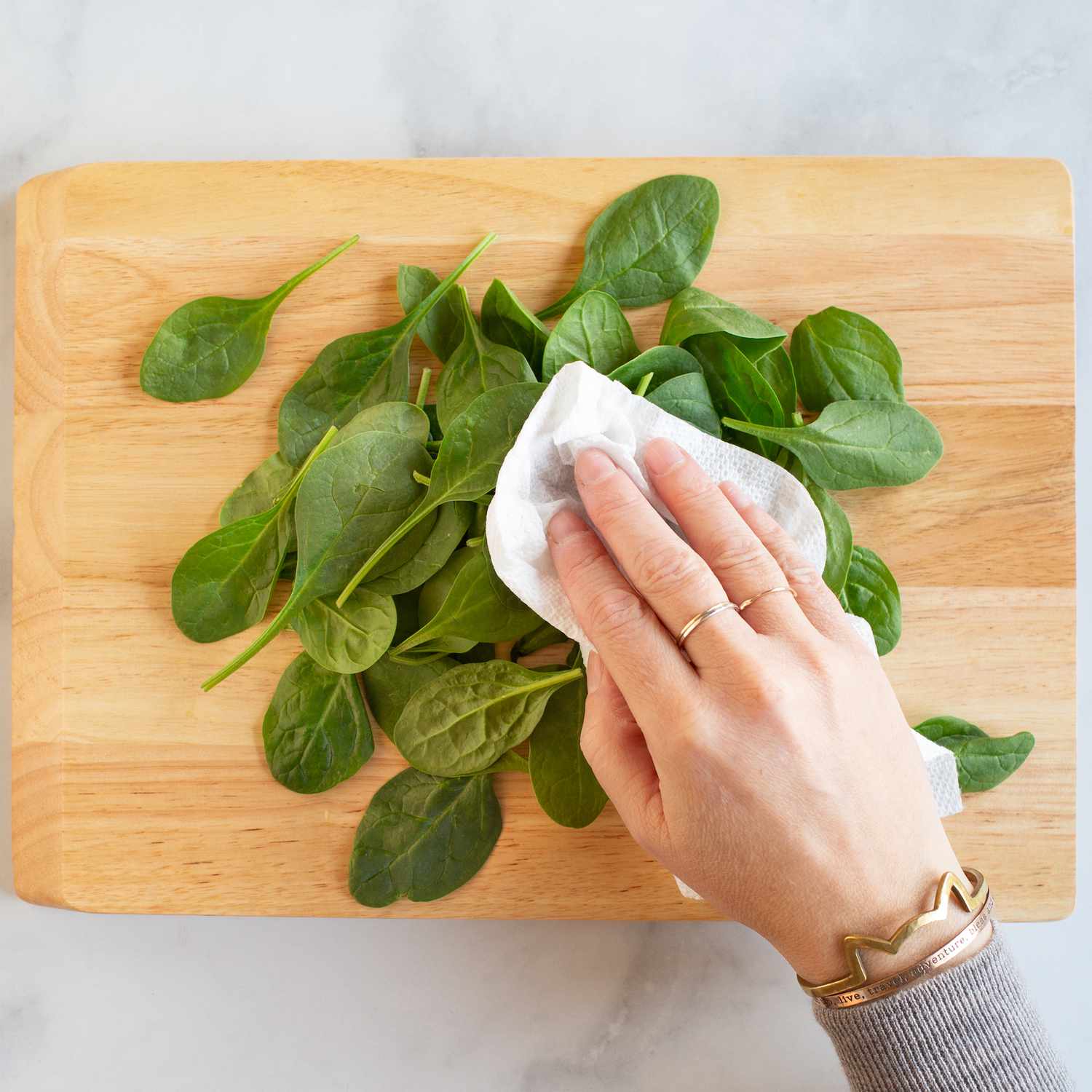
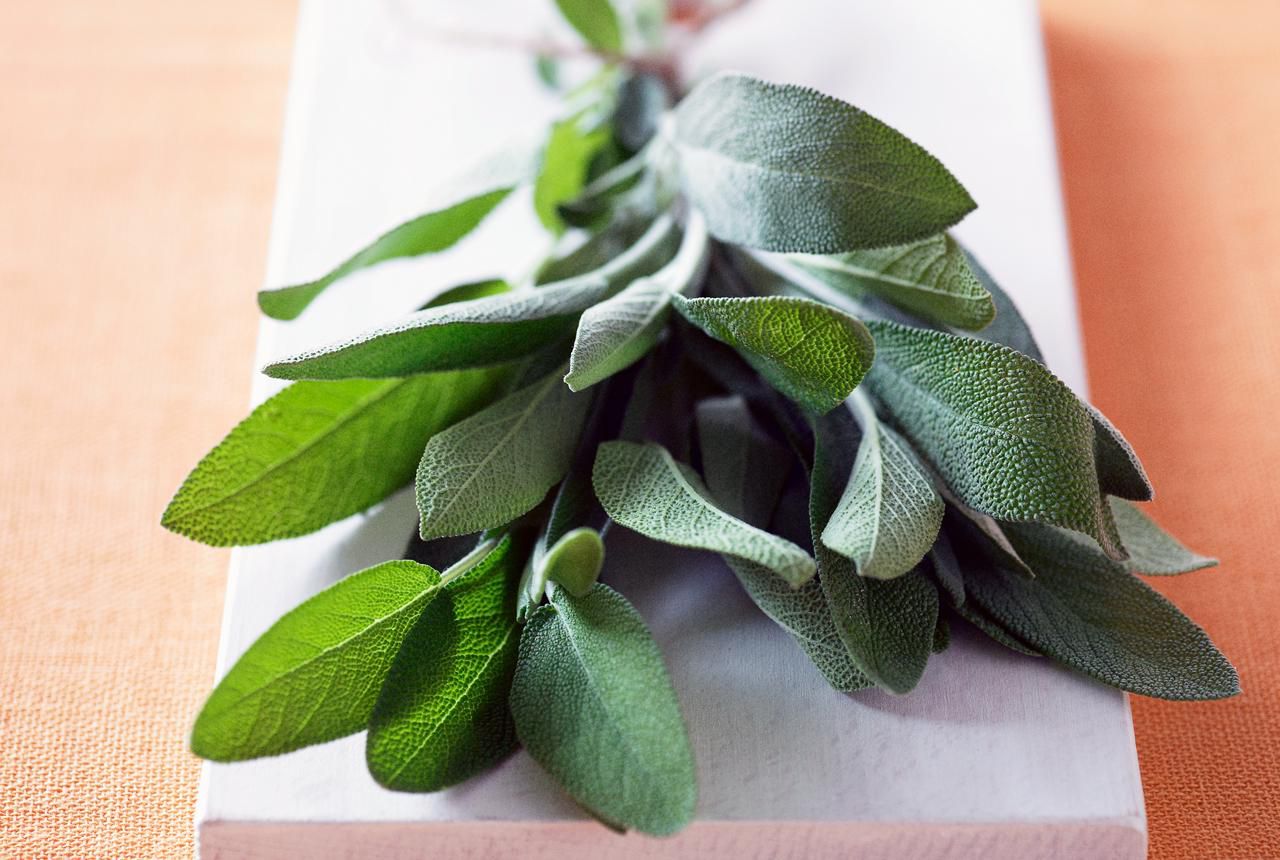

0 thoughts on “How To Store Mint Leaves In Fridge”